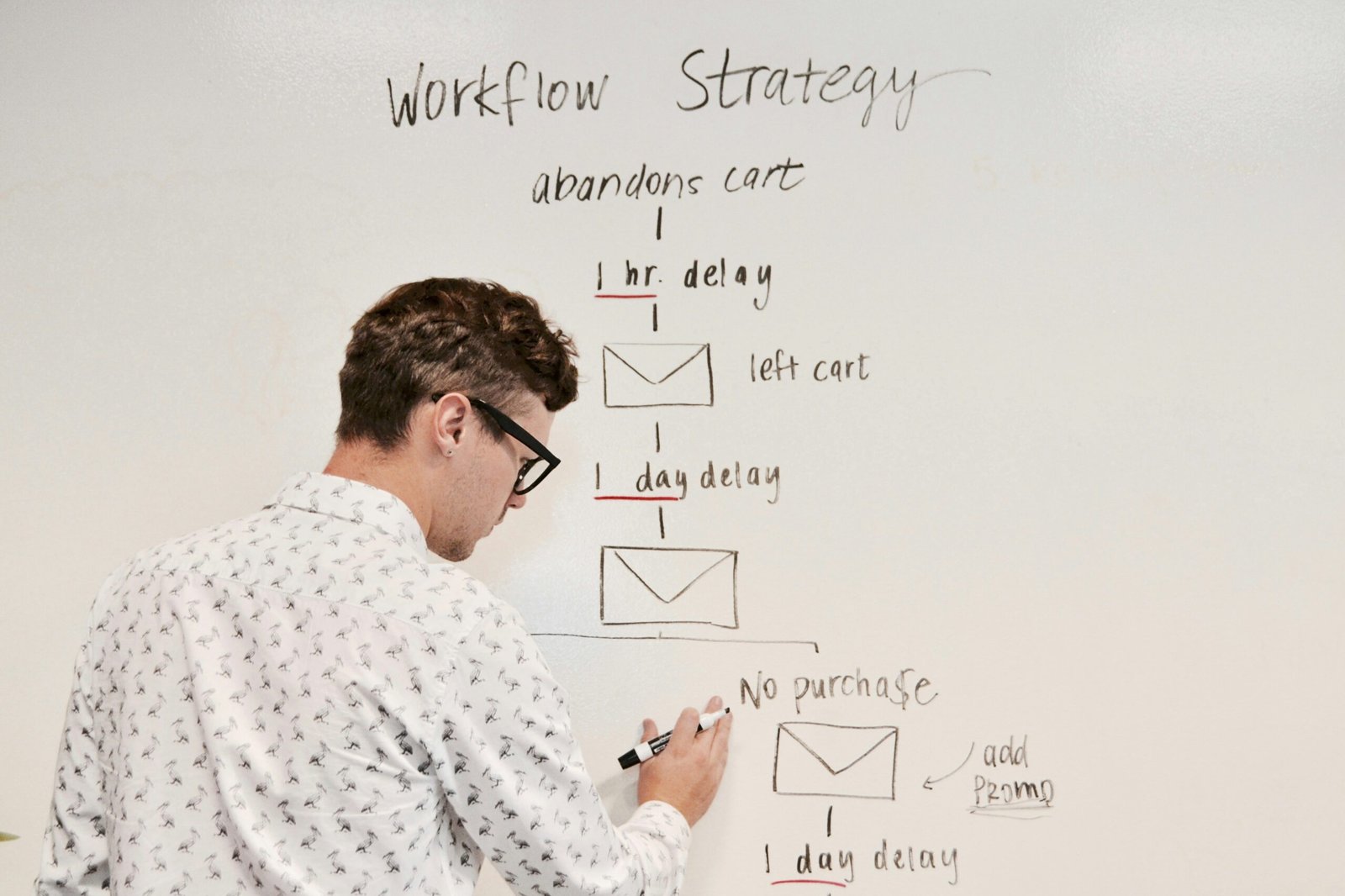Create Killer Ecommerce Email Campaign Ideas
Understanding Your Audience
Creating a successful eCommerce email campaign hinges on a thorough understanding of your target audience. To initiate this process, it is essential to gather valuable demographic data that sheds light on your customers’ characteristics, preferences, and shopping behaviors. This data can be sourced through various means, such as website analytics, customer surveys, and tracking purchase history. Insights obtained from these methods not only reveal age, gender, and location but also help identify unique buying patterns and preferences.
Once demographic information is collected, it is crucial to segment your email list. Effective segmentation involves categorizing customers based on factors such as purchase history, location, and engagement level. For instance, customers who frequently engage with promotional emails can be targeted with special offers and rewards, while those who have not made recent purchases could receive re-engagement campaigns. This targeted approach enhances the relevance of your emails, ensuring that each recipient receives messages tailored to their preferences and behaviors.
Furthermore, developing customer personas can significantly enhance the effectiveness of your email campaigns. A customer persona is a semi-fictional representation of your ideal customer, based on market research and real data about your existing users. By creating detailed profiles that include demographics, interests, and shopping behaviors, marketers can better understand their audience’s motivations and pain points. This understanding allows for the crafting of personalized messages and offers that resonate with your audience, ultimately boosting engagement and conversion rates. By firmly grasping who your customers are, you can design email campaigns that not only capture attention but also drive action.
Crafting Compelling Email Content
Creating engaging email content is essential for the success of any eCommerce email campaign. To begin with, a strong subject line serves as the doorway to your email; it is crucial in capturing the recipient’s attention and encouraging them to open the email. Research shows that subject lines featuring action-oriented language and relevant keywords can significantly increase open rates. Using personalization techniques, such as including the recipient’s name, can further enhance this effect.
Once the email is opened, the next step is to establish a personal connection through personalized greetings. A friendly salutation sets the tone and fosters a sense of relationship between the brand and the recipient. Following this, incorporating clear calls-to-action (CTAs) is pivotal; these guide readers towards the desired actions, whether it be exploring products, making a purchase, or signing up for a special offer. The use of buttons with eye-catching designs can strengthen the appeal of your CTAs.
Visual elements should not be overlooked; they play a critical role in enhancing the email’s aesthetic and improving user engagement. Utilize high-quality images of products, banners, or infographics to break up text and support your messaging. Additionally, ensuring mobile responsiveness is vital, as a significant portion of users accesses emails via smartphones. Test email layouts across various devices to confirm that the content remains accessible and visually pleasing.
Incorporating storytelling techniques can create a more immersive experience, making emails feel less transactional and more engaging. Share customer testimonials, anecdotes, or brand narratives that resonate with your audience. While varying the content’s tone can be effective, maintaining a consistent brand voice is essential for fostering trust and recognition. Combining these strategies will undoubtedly lead to more compelling email content that not only captures attention but drives conversions effectively.
Utilizing Automation and Timing Strategies
Email automation serves as a powerful tool for ecommerce businesses, streamlining communication and enhancing customer engagement. One of the most effective applications of email automation is through triggered emails. These emails are sent automatically based on specific customer actions, such as cart abandonment and post-purchase follow-ups. For instance, a cart abandonment email can remind customers of items left in their shopping cart, encouraging them to complete their purchase, which ultimately can lead to increased sales.
Setting up triggered emails is relatively straightforward; utilize your ecommerce platform’s built-in automation features or an email marketing service provider to define the specific actions that will initiate these emails. By personalizing the content and timing, businesses can create an effective communication strategy that resonates with their audience. Automatically sending follow-up messages after a purchase can also enhance customer experience, allowing businesses to gather feedback, promote related products, or offer discounts on future purchases.
Timing strategies are equally crucial in maximizing the effectiveness of your email campaigns. Crafting timely campaigns, especially around holiday promotions or flash sales, can significantly increase engagement and conversion rates. To optimize send times, it is advisable to conduct A/B testing. This testing process allows you to compare different send times and analyze which ones yield higher open rates and interactions. Understanding the behavior of your target audience will further enhance your email timing strategies, enabling you to align your messaging with customer expectations.
Additionally, establishing best practices for email sending frequency can prevent your campaigns from overwhelming recipients, which often leads to unsubscribes. A balanced approach ensures that your audience receives valuable content consistently without feeling inundated. By effectively utilizing automation and timing strategies, ecommerce businesses can foster lasting relationships with their customers while driving engagement and increasing sales.
Analyzing and Optimizing Campaign Performance
To effectively gauge the success of an ecommerce email campaign, it is crucial to analyze key performance indicators (KPIs) that provide insight into recipient engagement and overall campaign efficacy. Open rates, click-through rates, and conversion rates are fundamental metrics that should be monitored consistently. Open rates indicate the percentage of recipients who opened the email, serving as an essential indicator of subject line effectiveness and delivery timing. A high open rate suggests that the subject lines are engaging, while a low rate may signal the need for refinement in messaging or targeting.
Click-through rates follow as a critical benchmark, revealing how many recipients not only opened the email but also took action by clicking on links within it. This metric is indicative of the content’s relevance and appeal, revealing which sections resonate with the audience. Lastly, conversion rates offer insight into the ultimate effectiveness of the email, showcasing the percentage of recipients who completed a desired action, such as making a purchase or signing up for a newsletter. These indicators collectively inform the email marketing strategy by highlighting successful elements and identifying areas for improvement.
Moreover, collecting feedback from email recipients plays a pivotal role in optimizing future campaigns. Surveys and feedback forms can provide valuable qualitative data, allowing marketers to understand recipients’ preferences, frustrations, and suggestions directly. This feedback loop is essential for making informed adjustments to content, design, or targeting strategies. Ongoing optimization should involve regular analysis of email performance against industry benchmarks, ensuring that the campaigns remain competitive and effective. By refining the content based on past analytics and emerging trends, marketers can enhance engagement and lead to higher conversion rates in future campaigns.







